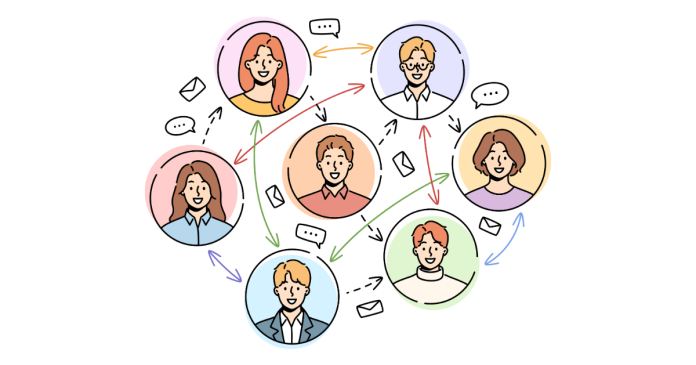Summary of the Process
- Sender: Creates and encodes the message.
- Message: The information being communicated.
- Channel: The medium used to deliver the message.
- Receiver: Decodes and understands the message.
- Feedback: Ensures the message was understood.
Visual Representation
Sender → Encoding → Message → Channel → Decoding → Receiver → Feedback
The communication process involves a series of steps that ensure effective transfer and understanding of messages between individuals or groups. Here are the key elements of the communication process explained:
1. Sender (Communicator)
The sender is the originator of the message. They formulate the message and decide how to deliver it. The sender plays a crucial role in encoding the message clearly.
- Example: A teacher explaining a concept in class.
2. Message
The message is the information, idea, or thought that the sender wants to communicate. It can be verbal (spoken or written) or non-verbal (gestures, body language, tone).
- Example: Instructions for completing a project.
3. Encoding
Encoding is the process of converting the message into a form that the receiver can understand. It involves choosing the right words, tone, or symbols to convey the message.
- Example: Writing an email or preparing a speech.
4. Channel (Medium)
The channel is the medium through which the message is transmitted from the sender to the receiver. It can be verbal (face-to-face, phone call) or non-verbal (email, text, social media).
- Example: Using a video call to discuss work updates.
5. Receiver
The receiver is the individual or group for whom the message is intended. They are responsible for interpreting and understanding the message.
- Example: A student listening to a lecture.
6. Decoding
Decoding is the process by which the receiver interprets and understands the sender’s message. Effective decoding depends on the receiver’s knowledge, experience, and ability to focus on the message.
- Example: A manager reading and understanding a report.
7. Feedback
Feedback is the response or reaction of the receiver to the sender’s message. It ensures that the sender knows whether the message was received and understood correctly.
- Example: Nodding in agreement or replying to an email.
8. Noise (Interference)
Noise refers to any barrier or distraction that distorts or interferes with the communication process. It can be physical (background noise), psychological (biases), or semantic (language differences).
- Example: Poor phone signal during a call.
Conclusion
The communication process is effective when all elements work seamlessly together. Understanding these elements is essential for improving communication skills and avoiding misunderstandings.



